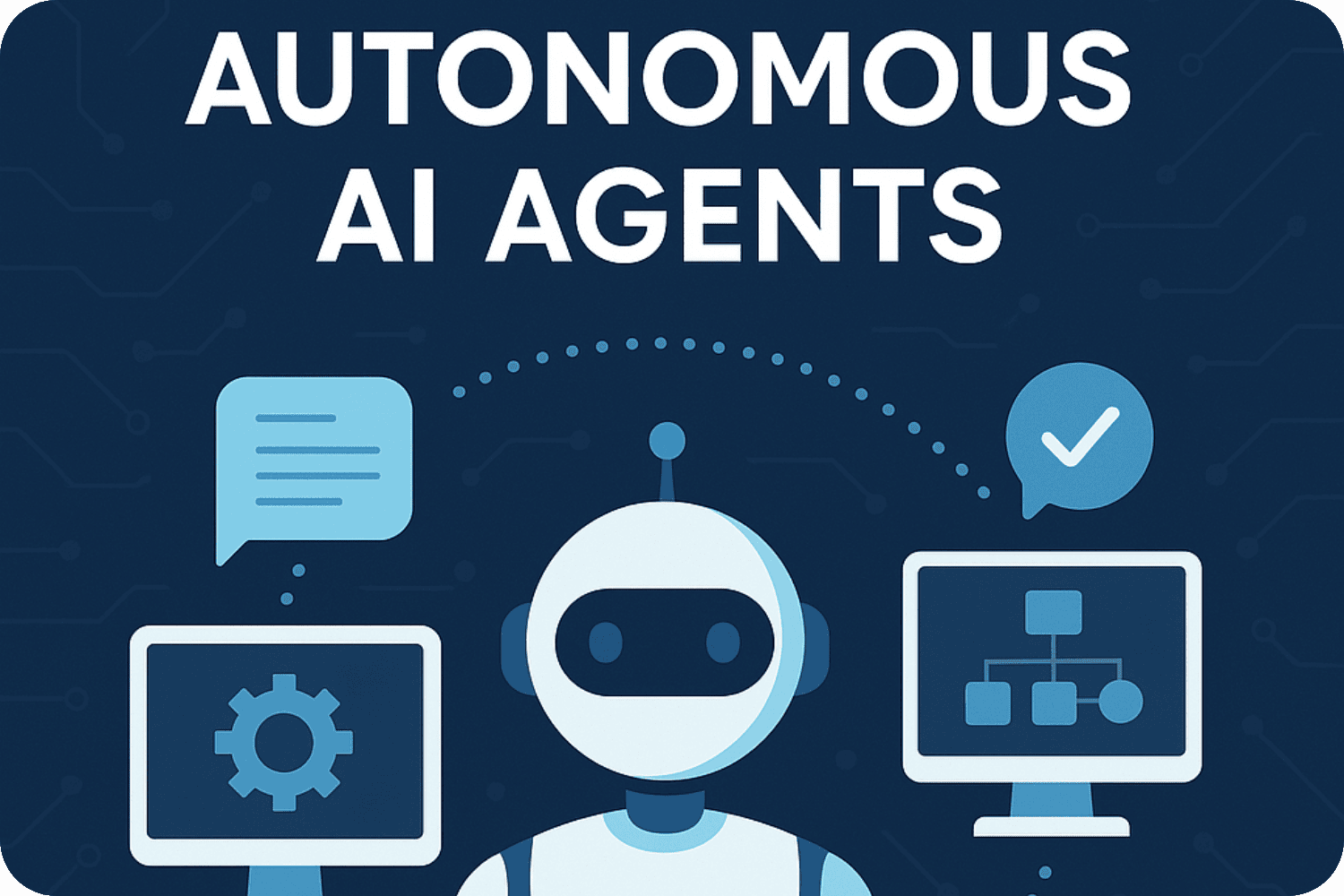
Agentic AI: The Rise of Autonomous AI Agents and Why It Matters
We’ve all heard about AI writing poems, building websites, or helping us draft emails. But imagine an AI that doesn’t just respond — it acts. On its own. It sets goals, makes decisions, executes tasks, learns from results, and loops the process again without you holding its hand.
Welcome to the world of Agentic AI — where machines become not just tools, but autonomous agents.
So… What Exactly Is Agentic AI?
At its core, Agentic AI refers to artificial intelligence systems that behave more like self-directed agents than passive assistants. Instead of reacting to a single prompt, these agents operate with a degree of independence. They’re built with goals, memory, decision-making logic, and sometimes even personalities (wild, right?).
Think of them like digital interns that don’t sleep, don’t complain, and never forget anything — but also don’t need to be micromanaged.
A Day in the Life of an AI Agent
Let’s say you run a small eCommerce store. An AI agent built for growth marketing might:
Analyze traffic and customer behavior
Identify drop-offs in your sales funnel
A/B test landing page tweaks
Launch and monitor ad campaigns
Report back with what worked — and what to do next
…all without you ever needing to ask.
This isn't theoretical. Projects like Auto-GPT, BabyAGI, and platforms like LangChain are pushing the boundaries of what these agents can do in the real world.
Why This Is a Big Deal
Most AI tools today still need you to do the heavy lifting — knowing what to ask, interpreting the output, and connecting the dots. But agentic systems aim to eliminate that middle step. Here’s why that’s huge:
Time-Saving: They run in the background, taking care of routine or even complex tasks.
Scalability: Businesses can do more with fewer human resources.
24/7 Operations: They don’t take breaks, which means progress doesn’t stop.
Learning Loop: The best agents get better over time by learning from experience.
Okay, But Are There Risks?
Yes — like all powerful tech, agentic AI isn’t without its challenges. Some big ones include:
Loss of control: Giving an AI too much autonomy without guardrails can backfire.
Ethical decisions: How do you make sure your agent reflects your values?
Security: Agents interacting with systems or the web might expose vulnerabilities.
So, the future of autonomous agents will need a solid mix of capability, safety, and alignment.
The Human-AI Team-Up
Don’t worry — agentic AI isn’t here to replace you. It’s here to amplify you.
Imagine creatives working with agents that handle research, designers with agents that prototype ideas, or founders with agents that build MVPs overnight. It’s about supercharging human potential, not sidelining it.
Final Thoughts
Agentic AI is not just hype — it’s one of the most exciting shifts in how we work, build, and interact with technology. We’re entering an era where AI doesn’t just respond — it initiates, executes, and adapts.
And that changes everything.

